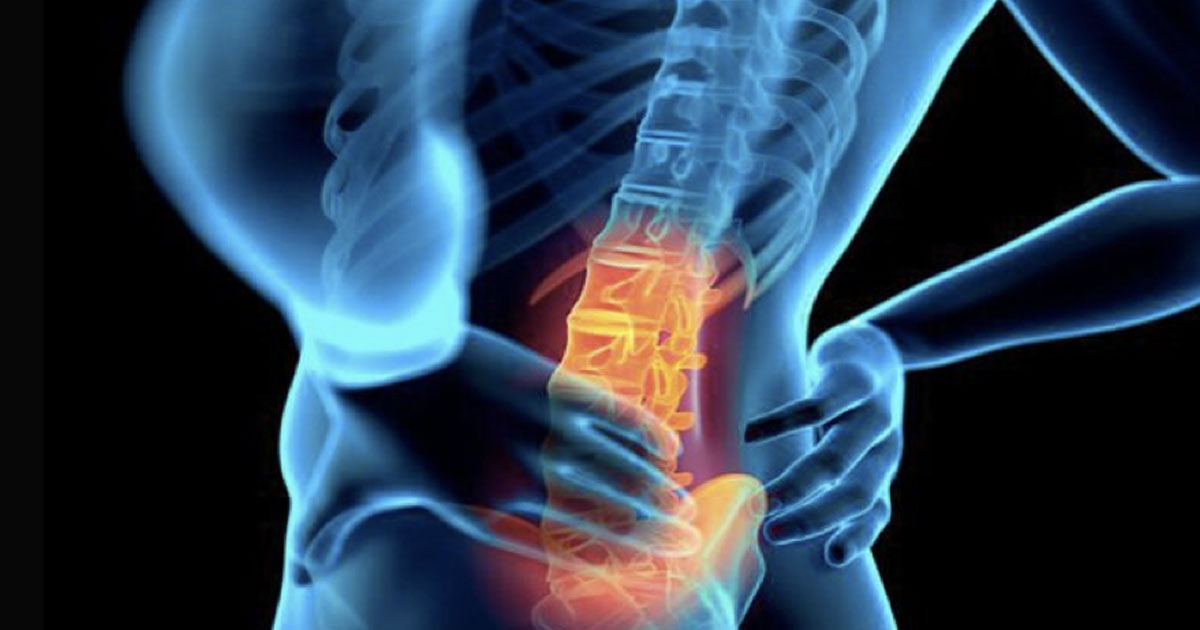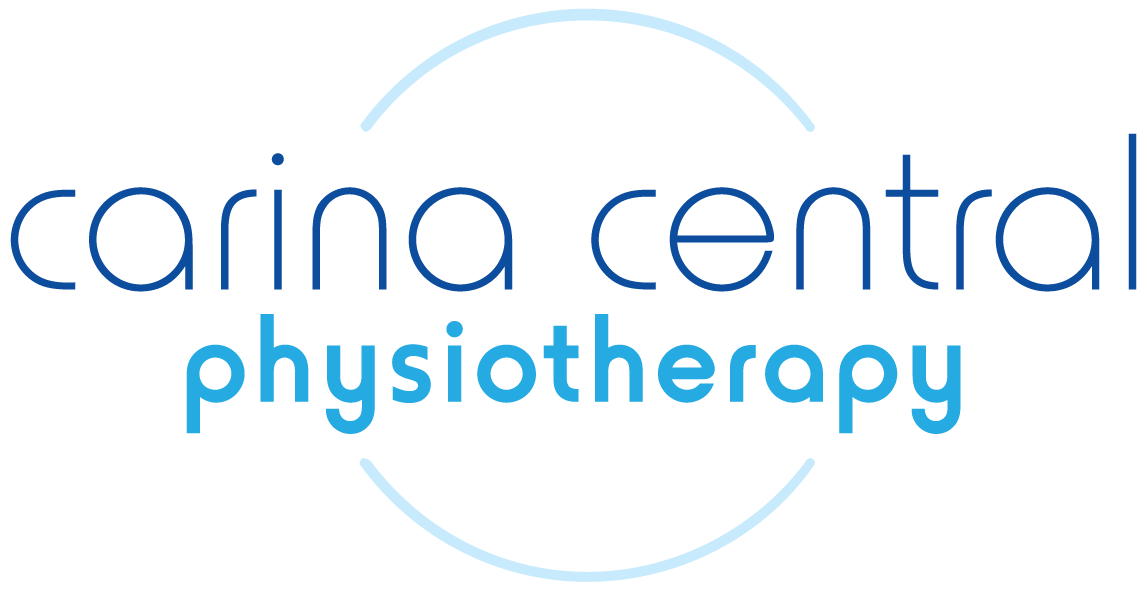
Help I have a ‘bulging disc’!
One in six Australians report suffering from ongoing back pain. Many will go on to have imaging such as X-ray, CT or MRI scans to look for a cause.
What do scan findings really tell us?
In recent years there has been much written in medical literature about spinal imaging and the potential for poor outcomes and inappropriate treatment if normal healthy spine MRI findings are mistakenly identified as the source of a patient’s pain. For example we now know that most 50 year olds with no history of back pain will have disc bulge(s) on MRI.
Having said this in some cases a disc bulge can be an important finding. For example if located in specific areas they can be associated with painful nerve irritation.
MUSCULOSKELETAL PHYSIOTHERAPISTS CAN HELP YOU UNDERSTAND YOUR SCAN RESULTS
A Musculoskeletal Physiotherapist with a good knowledge of spinal imaging can help to assess when and what kind of scans are necessary to rule out serious conditions. They can also review imaging and reports with you. By taking into account your individual history, symptoms and physical assessment findings we can help explain what findings may be ‘normal’ or incidental versus likely to be a specific source of pain.
‘Treat the man / woman and not the scan!’
We know that while in some cases the right imaging is crucial, assessing and managing spinal pain is much more complex than relying on scans alone. Thorough assessment is necessary, taking into account multiple factors such as the pattern of symptoms, contributing factors such as other health conditions, activity levels, stressors or load tolerance and must include a physical exam which can look at factors such as strength, mobility, posture, nerve function and movement patterns.
Your physiotherapist can then provide exactly the right treatment and advice for you. Fortunately the majority of disc injuries respond well to conservative management and only occasionally will you need to be referred onto to see a specialist.
Physiotherapy treatment for disc injuries can include:
- Hands on therapy for pain relief – this may include joint mobilisation, soft tissue massage, muscle stretching, acupuncture needling and strapping tape.
- Exercise based rehabilitation to restore mobility, coordination and strength
- Advice on modifying activities such as work, gym, sport and household tasks whilst you are recovering and guidelines for getting back to all after healing is complete.
